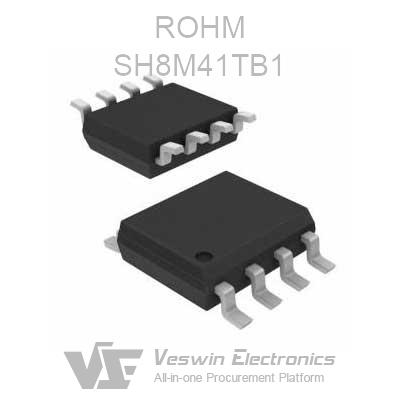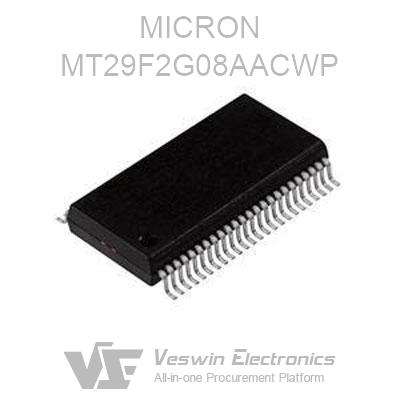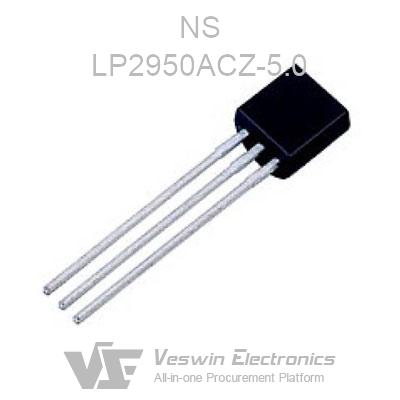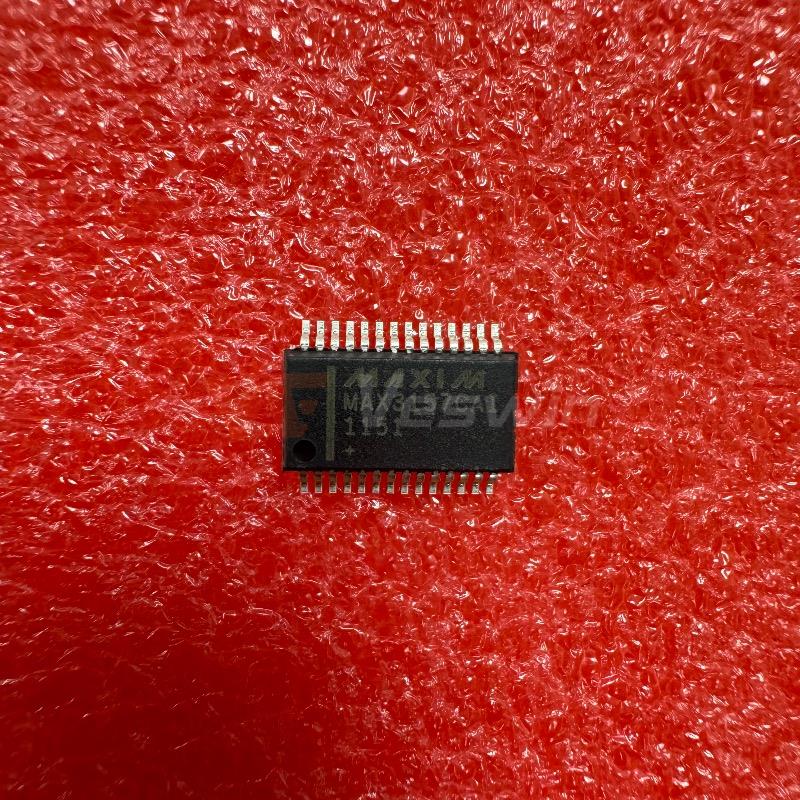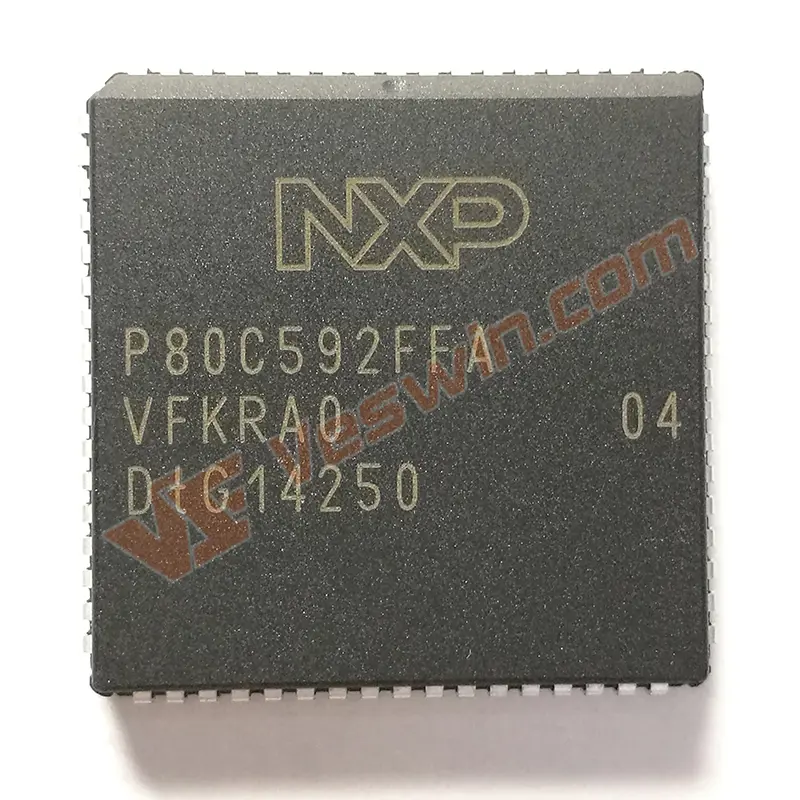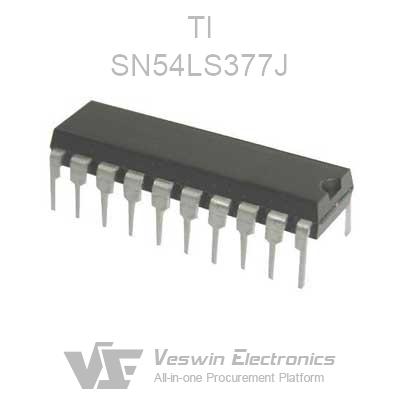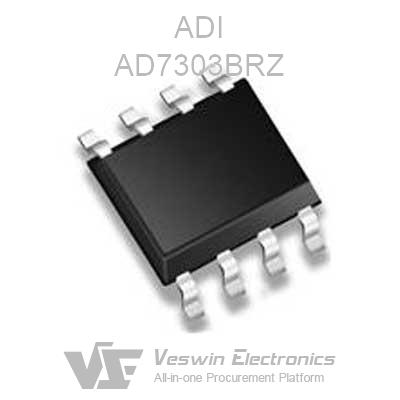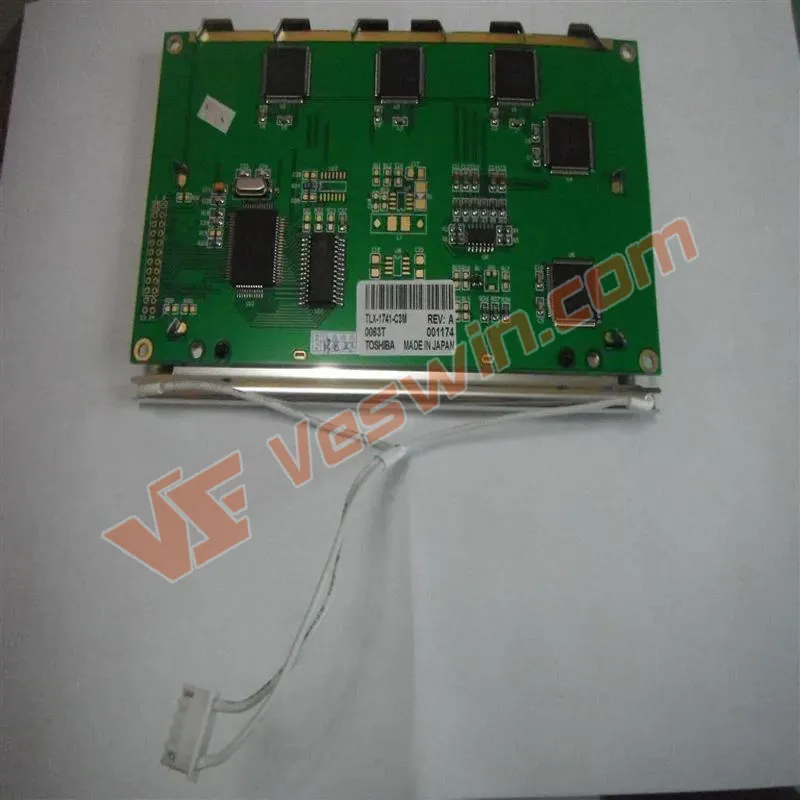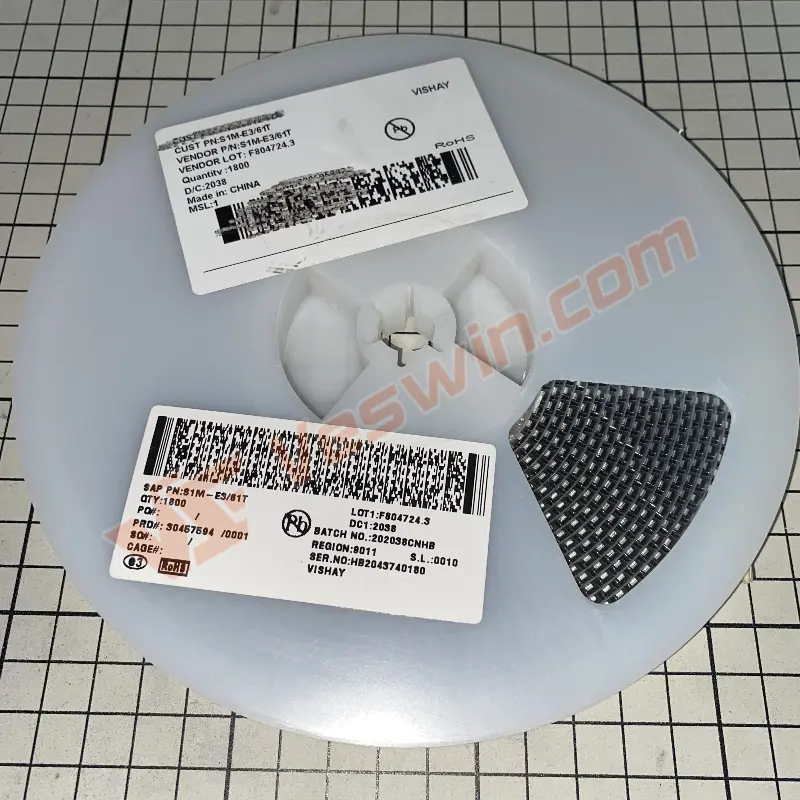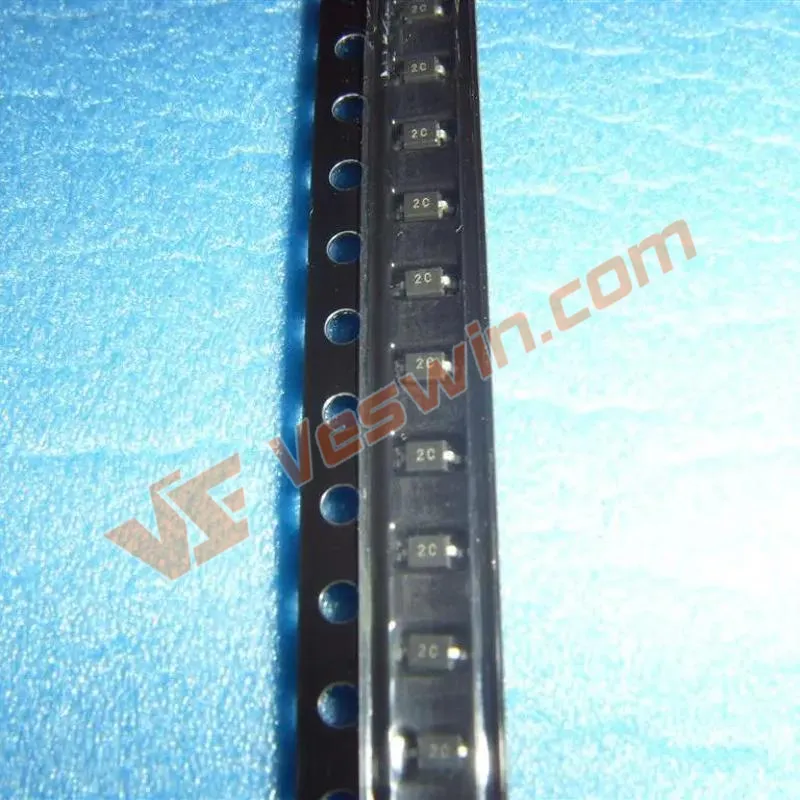A surge protection device (SPD) is a device used to protect electronic equipment from power surges or transient voltages.
The device is connected in parallel with the power circuit of the load it must protect in the circuit. Surge protectors can also be used at all levels of the power supply network.
A surge protection device is a protective device that limits transient voltages by shunting or limiting the inrush current.
Surge protectors (lightning arresters) are used to protect sensitive electronic equipment connected to the device, such as computers, televisions, washing machines and safety circuits such as fire detection systems and emergency lighting. Equipment with sensitive electronic circuits and video power signals are susceptible to damage from transient overload voltages.
Is surge protection effective?
Surge protection devices (SPDs) are designed to protect electrical systems and equipment from surge events by limiting transient voltages and diverting inrush currents.
Surges can come from external sources, most strongly from lightning, or from internal electrical load switching. Sources of these internal surges (65% of all transients) may include load opening and closing, relay and/or circuit breaker operation, heating systems, motors, and office equipment.
Without proper SPD surge protectors, transient events can damage electronic equipment and result in costly downtime risk costs.
In the most basic sense, when a transient voltage occurs on a protected circuit, a surge protector SPD limits the transient voltage and transfers the current back to its source or ground.
To work, the SPD must have at least one nonlinear component that transitions between high and low impedance states under different conditions.
At normal operating voltages, the SPD is in a high impedance state and does not affect the system. When a transient voltage is present on the circuit, the SPD enters the on state (or low impedance) and transfers the inrush current back to its source or ground. This limits or clamps the voltage to a safer level. After the transient is shifted, the SPD automatically resets back to its high impedance state.
Surge protection devices contain at least one nonlinear component (varistor or spark gap) whose resistance varies with the voltage applied to it. Their function is to divert discharge or impulse currents and limit overvoltages to downstream equipment.
During normal operation (for example, in the absence of a surge), the surge protector device has no effect on the system in which it is installed. It acts as an open circuit and maintains an isolating component between the active conductor and earth.
When a voltage surge occurs, the surge protection device reduces its impedance and diverts the inrush current within a few nanoseconds. The surge protection device behaves like a closed circuit where the overvoltage is shorted and limited to acceptable values for downstream connected electrical equipment.
Once the pulse surge has stopped, the surge protection device will restore its original impedance and return to an open circuit condition.
The ability of an SPD to limit overvoltages on the distribution network by diverting surge currents depends on the surge protection assembly, the mechanical construction of the SPD, and the connection to the distribution network.
For example, consider a water mill protected by a pressure relief valve. The pressure relief valve will not perform any operation until an overvoltage pulse occurs in the water supply. When this happens, the safety valve opens and diverts the additional unsafe pressure to the side so that it does not reach the water wheel. This protects the safety and stability of the entire operating line environment.
Hot News
